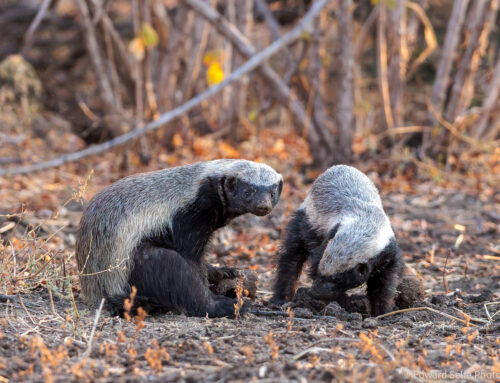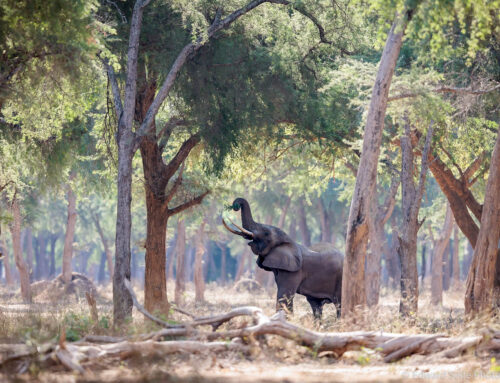Mike has travelled with me several times before. Many of you will remember his reports from previous trips, and shared in the sightings that we have enjoyed. This time, we changed the arrangements slightly and he visited in the Emerald Season so that he would see a slightly different time of year with change in light, sightings and subjects. We had a lot of fun and were beautifully hosted by Track & Trail River Camp on the edge of the South Luangwa National Park.
It’s hard to predict the weather and water conditions in April; depending on the position of the ITCZ, it will either be raining regularly, or be starting to dry out. In 2023, it was very wet. In fact, I had to write to Mike in the week before the safari and warn him that we might have to postpone since the camp was no accessible by road due to very high water! Luckily the water dropped rapidly, as it can do, and by the time he arrived, it was drying out.
We had cool, cloudy and overcast conditions, which are often preferable to the bright, harsh light that prevails at the start of the season, and we had some super sightings. Below, as always, is a selection of the highlights with captions below.
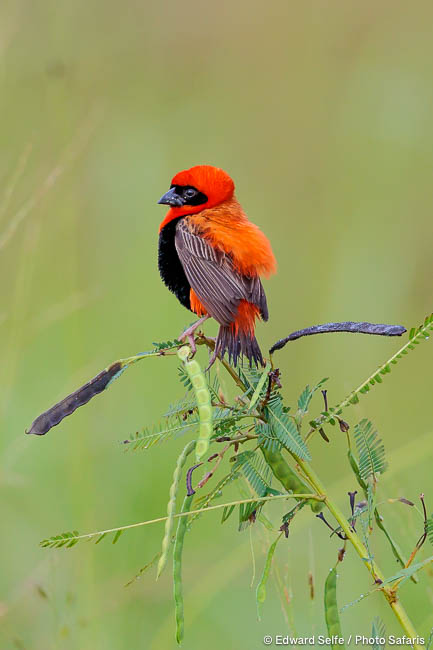
The first dramatic difference noted by visitors to Luangwa’s Emerald Season is the change in colour palette. Not only are the backgrounds green and lush, but many birds are in breeding plumage and much more brightly coloured than in winter. Southern Red Bishops are plentiful across Zambia in all flooded grassland, and the males develop extraordinary plumage for breeding.
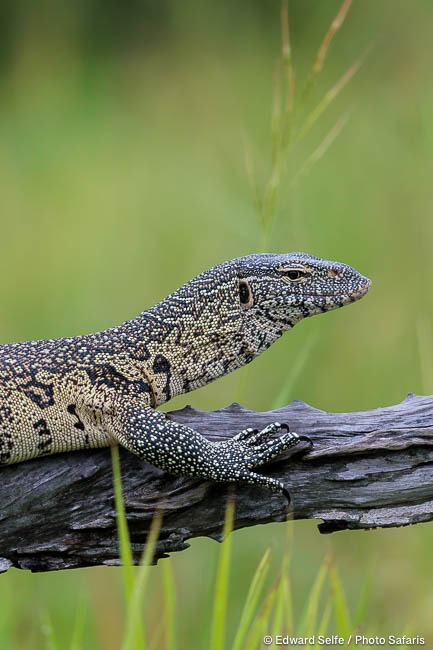
Nile monitors, which spend much of the dry season in aestivation, are plentiful and active in the rains. On cloudy days, they can be found warming up on exposed branches and along the concrete bridges.
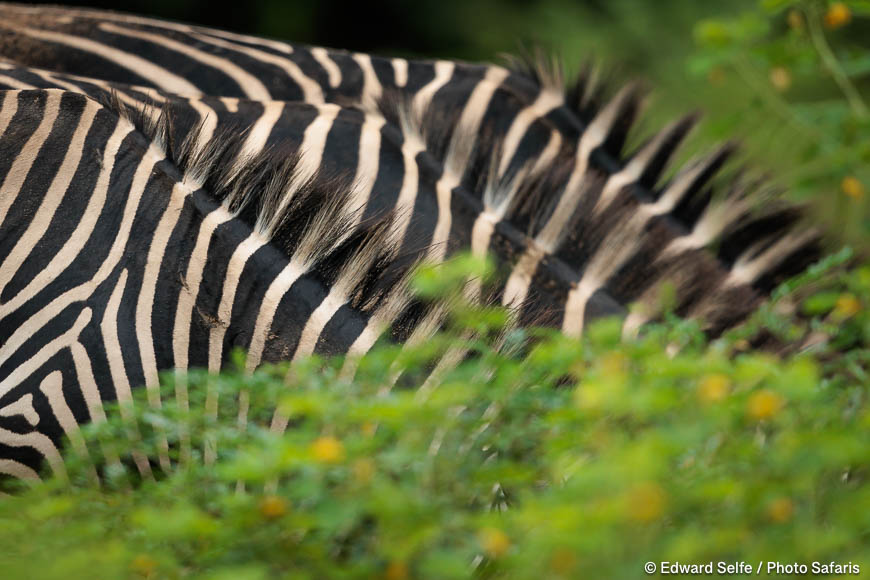
The lush greens don’t last long; as soon as the rain stops, the bush starts to turn yellow and the colours fade….we maximise it while we can, and zebras are a great subject to show off against the rich colour palette. Overlapping the three manes here creates a complex, high-impact, abstract shot with much more interest than a single zebra.
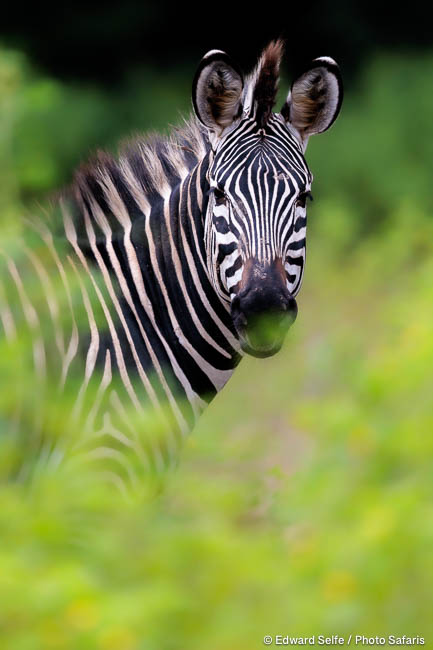
Rather than fighting against the vegetation, and trying to get a clear view, it’s effective to shoot through the foliage and include it in the shot.
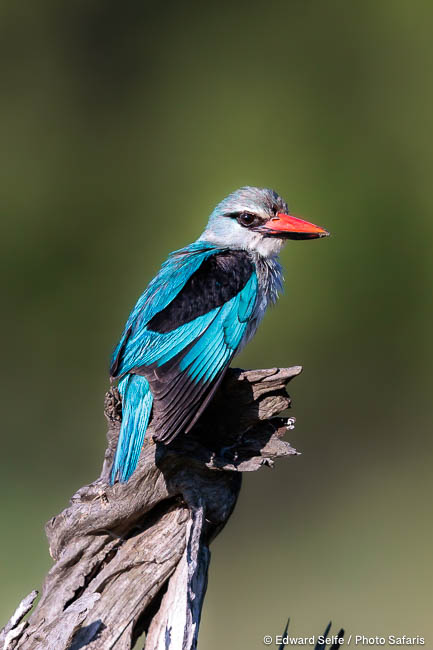
The sound of the rains; a Woodland Kingfisher using a stump as a hunting post.
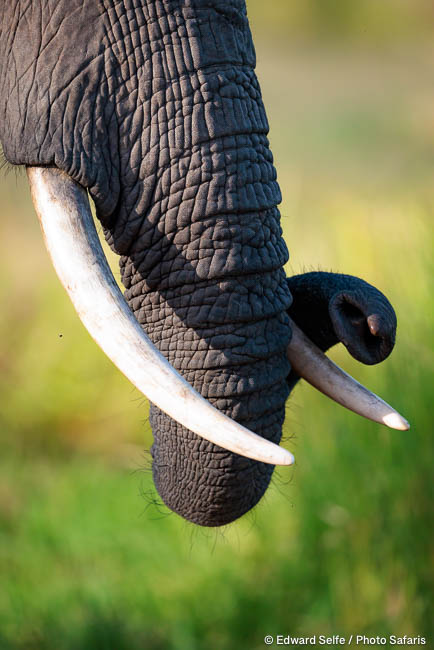
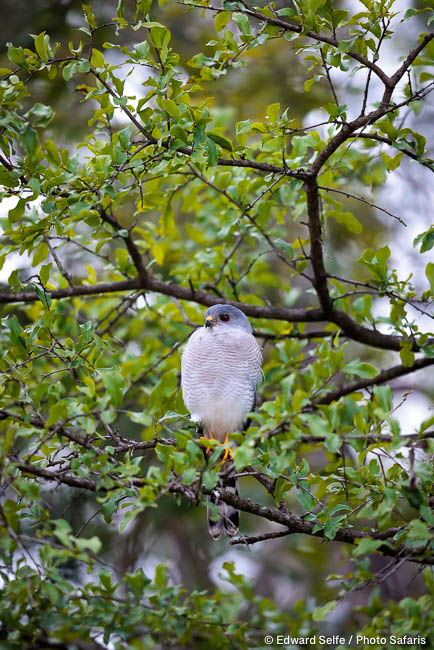
Little banded Goshawk framed nicely in the soft morning light.
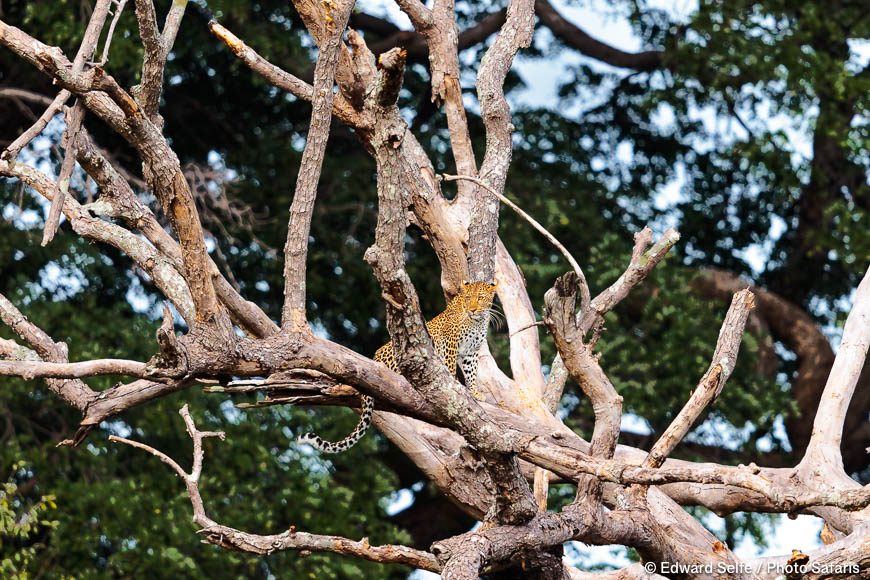
Guinea-fowl alarm calls led me to this sighting of a young leopard up in an exposed tree. He’d been chasing the birds, but eventually realised that there was little chance of catching one without the element of surprise!
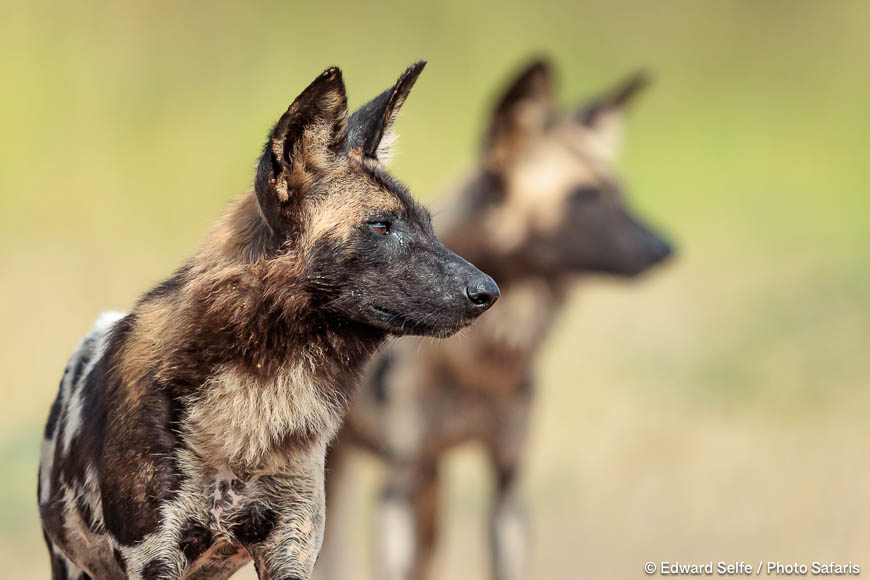
We found the dogs late one afternoon but they weren’t very active. Predicting where they might appear in the morning, we found them just after 06:30. They were on the move and hunting; with little fuss, they caught and killed an impala in the grassland! In this shot, two of the adults scour the scenery for hunting opportunities. The second dog which matches the main subject’s pose adds dramatically to what would otherwise be a simple portrait.
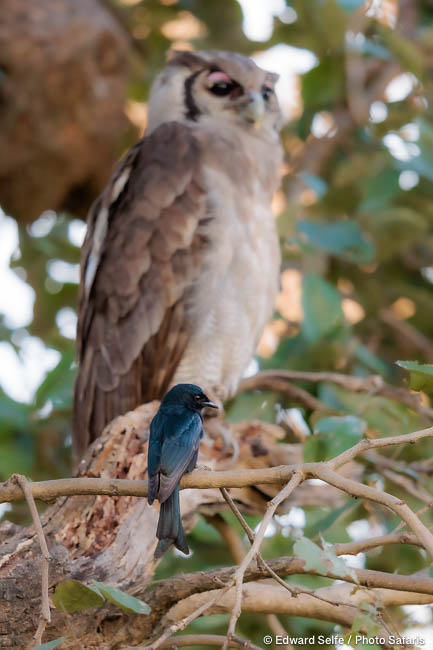
Unlikely friends; a Fork-tailed Drongo and a Verreaux’s Eagle-owl.
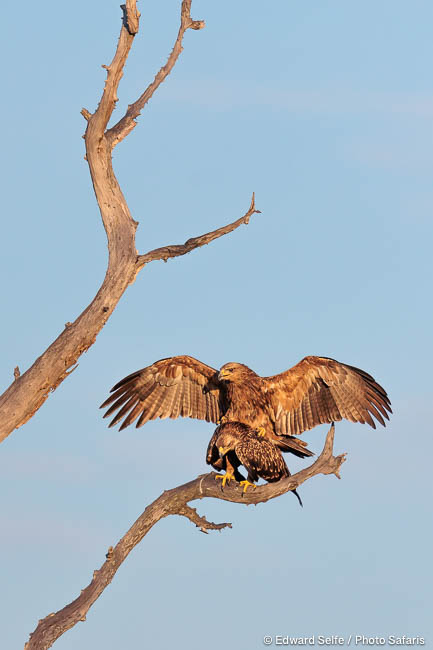
One or the more unusual sights of the year; mating Tawny Eagles in the best morning light!
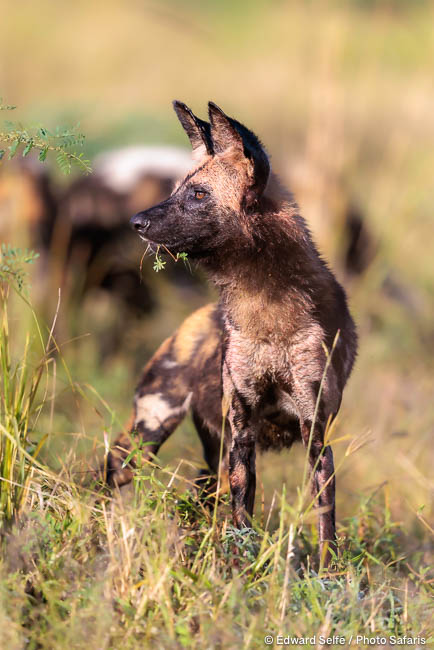
Post-feeding, the dogs were vigilant to make sure that scavengers didn’t catch them unaware.
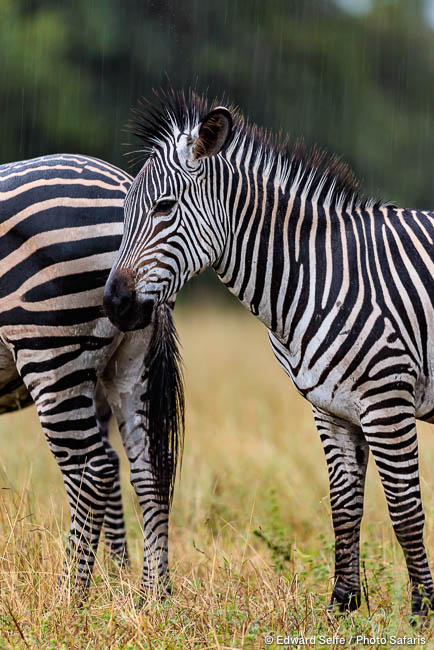
One afternoon, a rainstorm brought 58mm of rain in about an hour. We used a vehicle with a roof to capture slow-shutter shots of the falling raindrops while trying to keep the lenses dry! A shutter speed of 1/30sec gave pleasing rain trails.
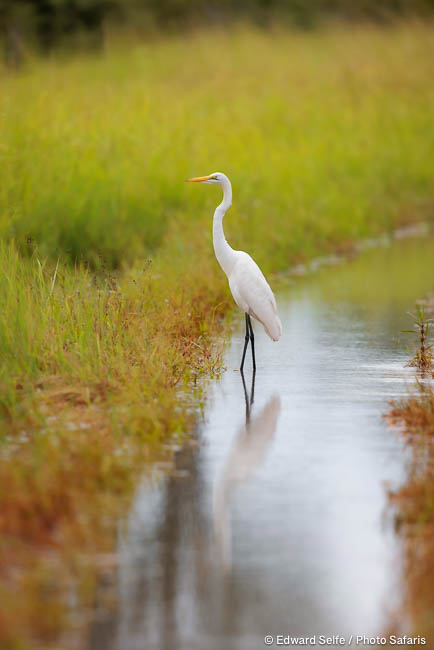
The ‘roads’ became heavily flooded after the big rain, allowing more feeding sites for the waterbirds!
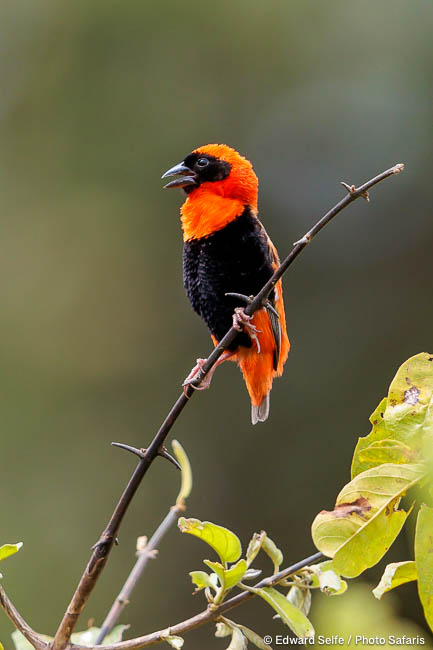
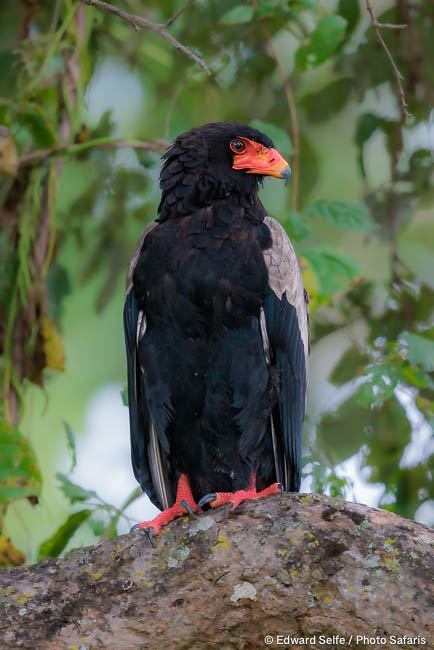
We found this Battler scavenging on some remains on the ground. They rarely stay on the ground long, so I was pleased to get some photos, and even better when it moved to a nearby tree and perched in the open. Spectacular birds.
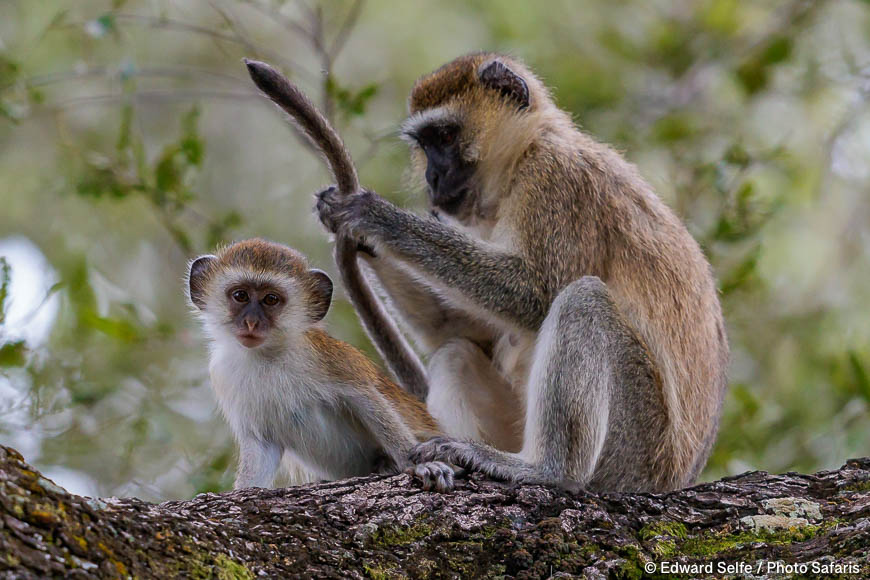
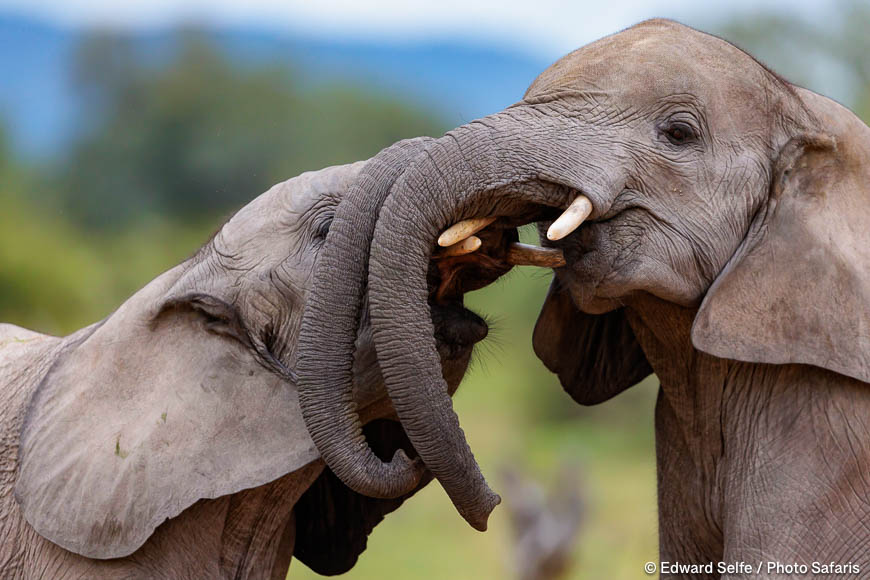
We spent a morning with these elephants as they played around our vehicle. The overcast day was perfect for low-contrast shots without the dark shadows that often develop on elephants’ hides.
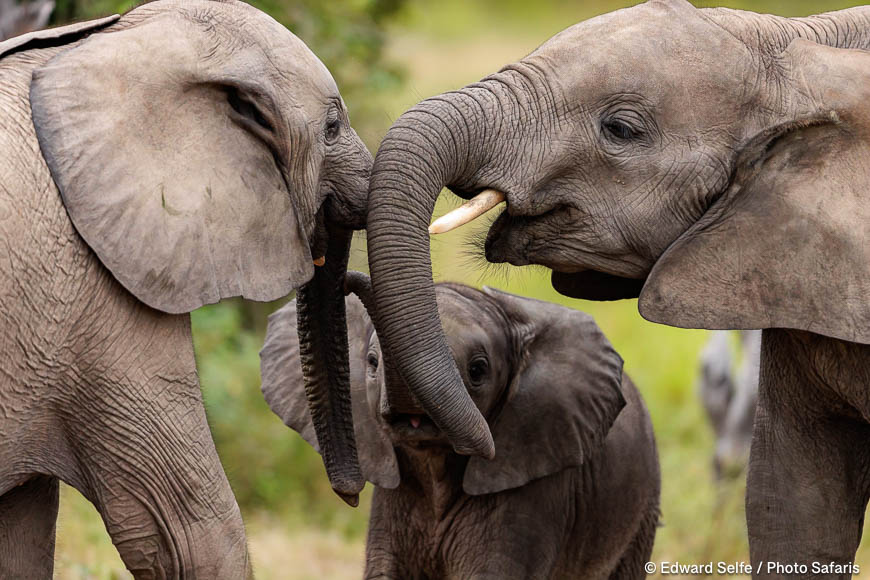
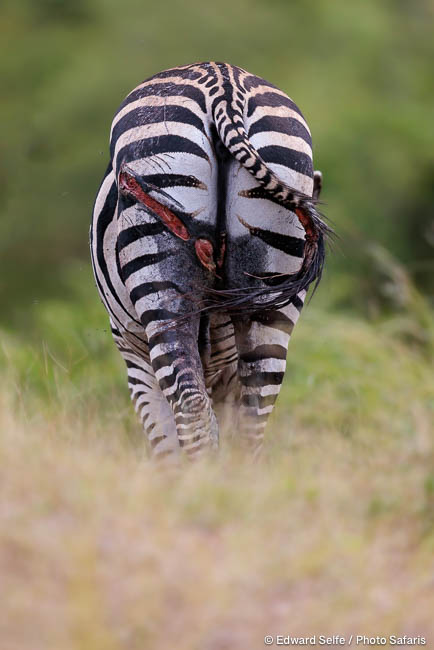
Lions can inflict terrible injuries; this stallion will likely heal as long as he can evade the predators for a while.
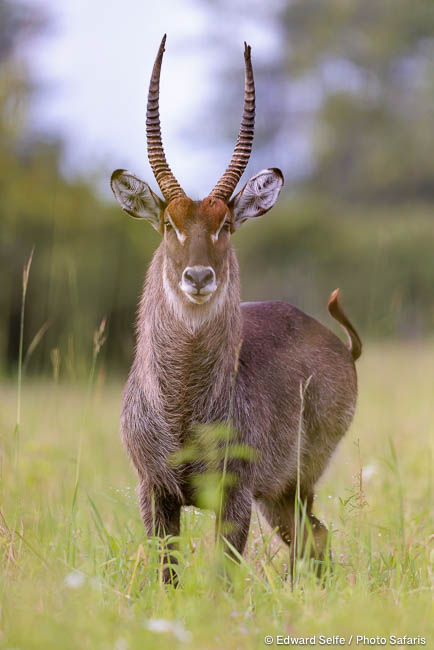
Waterbuck portrait, with the tell-tale lack of sharpness on the face of a piece of unseen grass across the frame!
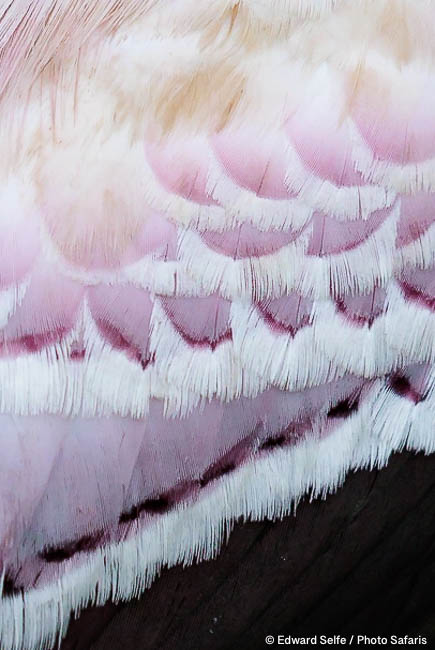
Extraordinary close up of Yellow-billed Stork plumage.
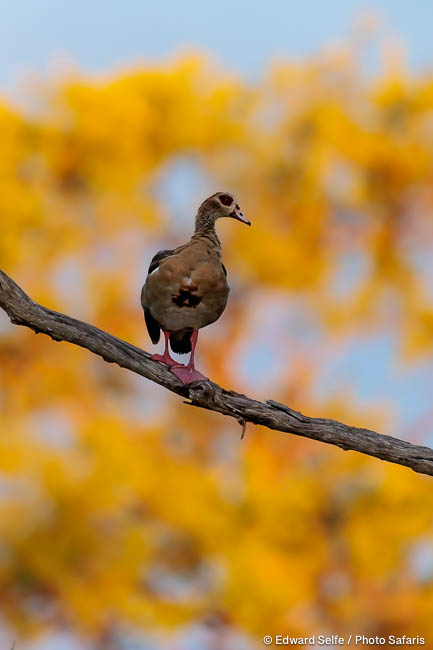
The background is just as important as the subject….
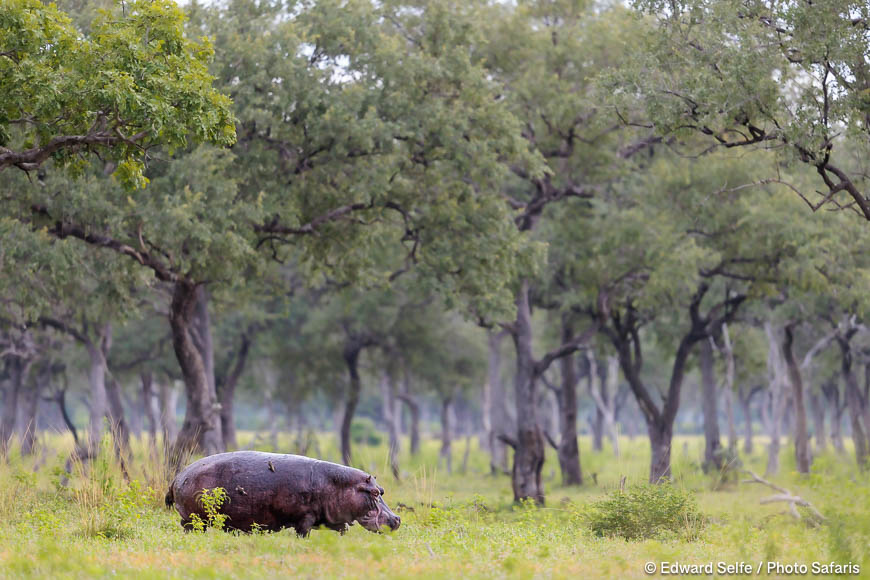
Using the beautiful forests of the Luangwa is always a priority for landscape-photographer Mike, so we spend lots of time looking for subjects in these areas. This hippo returning to the river is an unusual sight in such a setting.
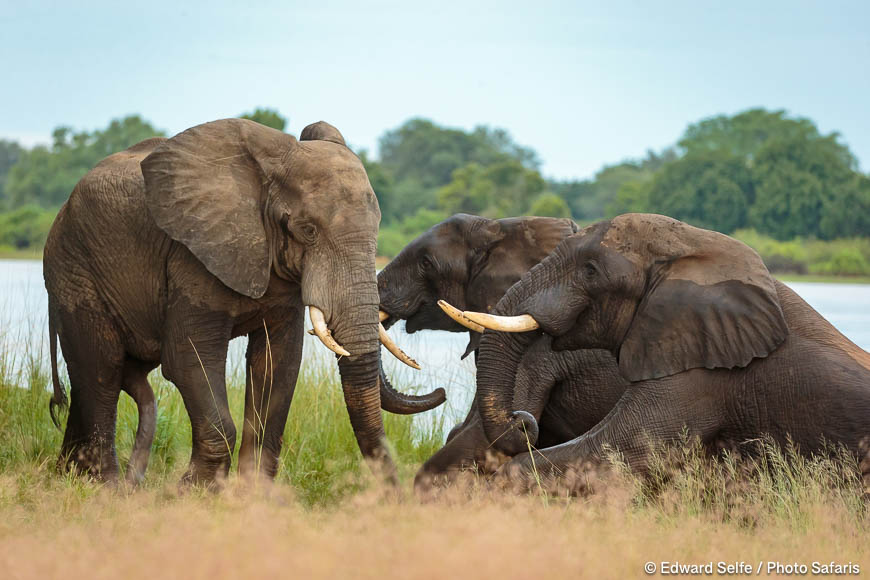
Elephants emerging from a flooded river was a suitable ending to the trip. Focusing on the closest subject and allowing the background to blur is the best way to deal with groups of animals.
It was great to have Mike back here again; and he is already making noises about 2024! Thank you for reading to the end. By the time this is live, I’ve run two more trips and the reports will come soon. The 2023 Season is in full swing!


